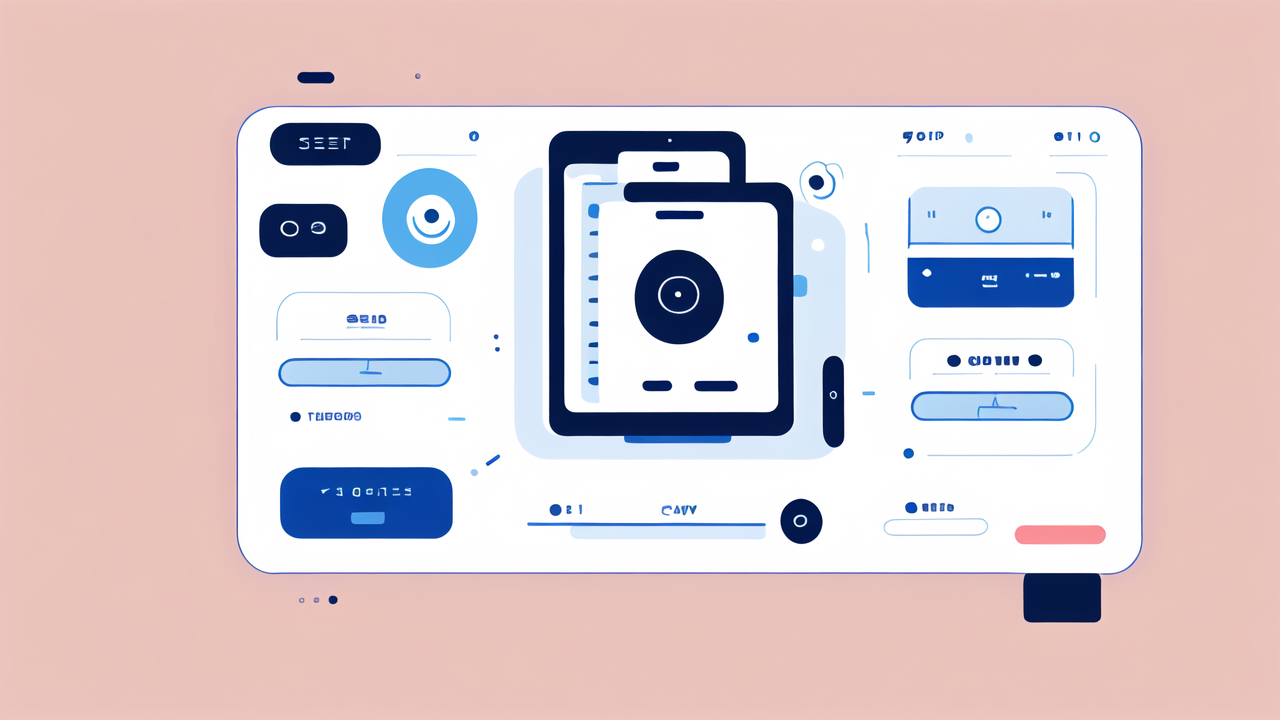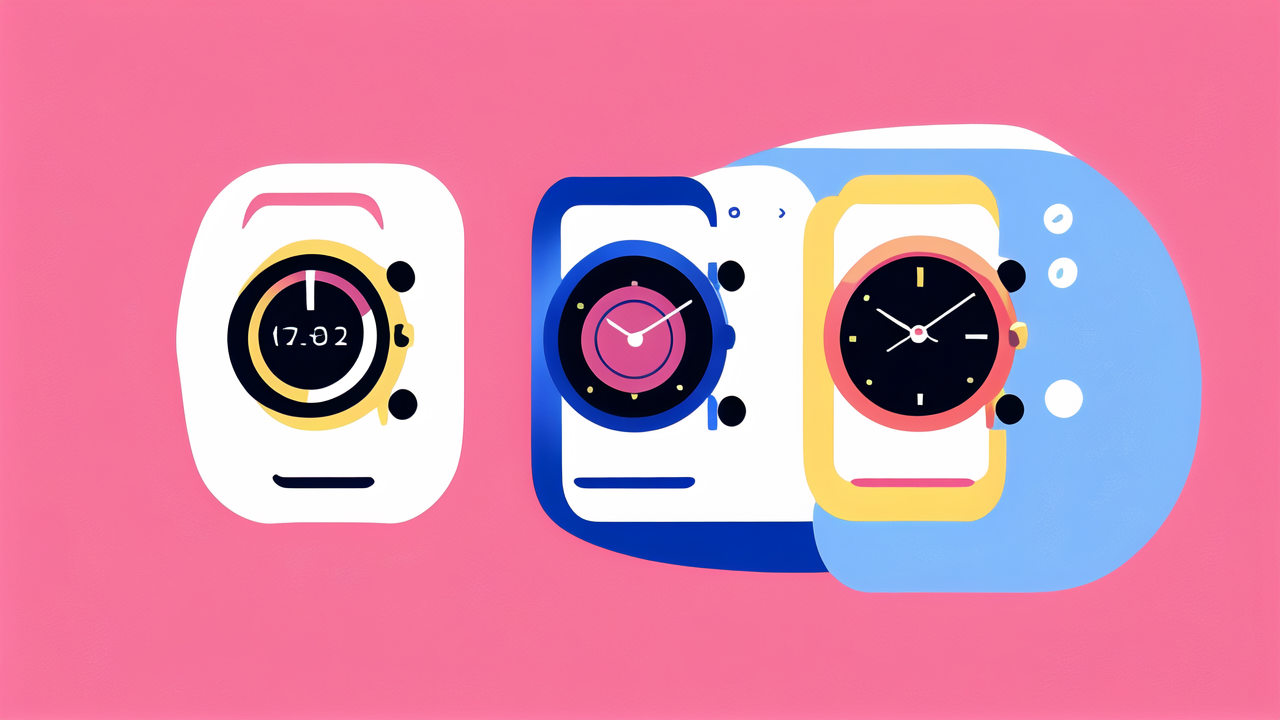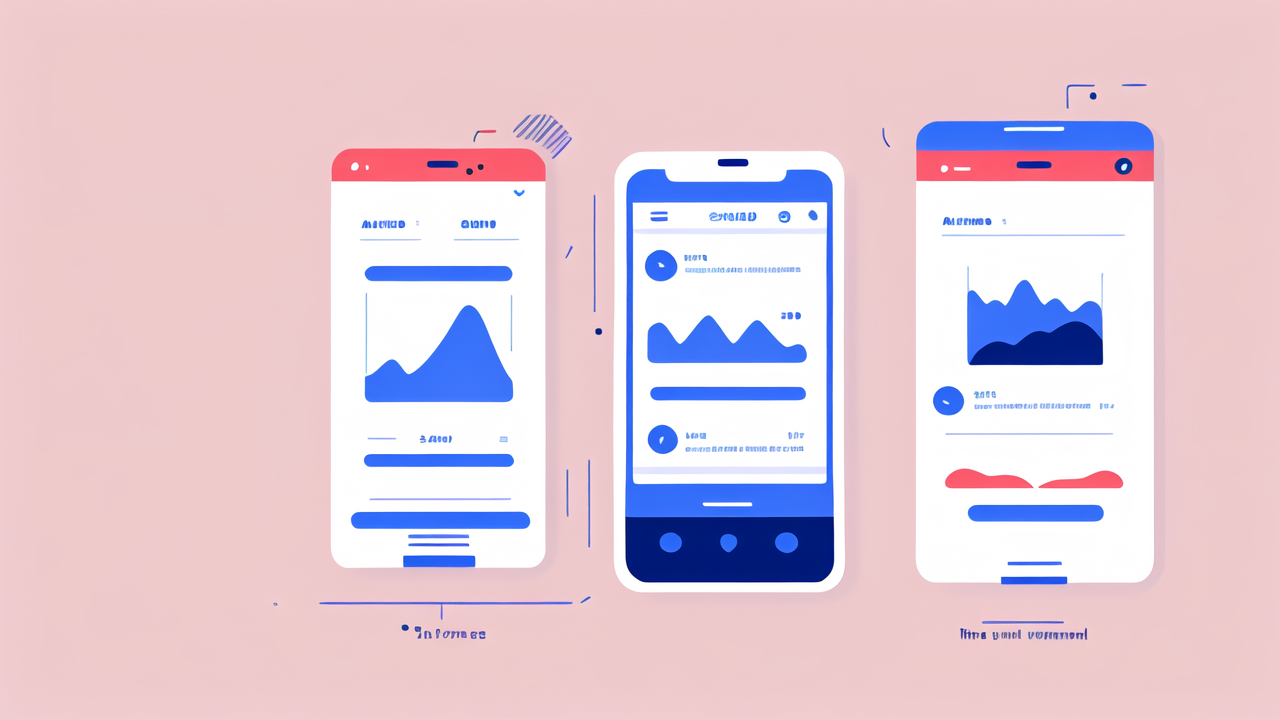Introduction to Wearable Technology in the Fashion Industry
Evolution of Wearable Technology
Wearable tech has come a long way since the first digital watches. It's now a big part of our daily lives. The journey began with simple step counters. Today, we have smartwatches that can track health, make calls, and even pay for groceries.

Early wearables were bulky and had limited functions. Now, they're sleek and packed with features. This shift has changed how we view and use technology. It's no longer just about telling time. It's about enhancing our lifestyle and health.
The growth of wearable tech has been rapid. It's now a multi-billion dollar industry. This growth shows no signs of slowing down. As tech improves, so do the possibilities for wearable devices.
The Rise of Smart Fashion Accessories
Smart fashion is where style meets tech. It's about making our accessories work harder for us. Smartwatches are at the forefront of this trend. They combine the look of a classic watch with the power of a mini-computer.
These devices do more than just tell time. They track our steps, monitor our heart rate, and even analyze our sleep patterns. Some can even make calls and send texts. It's like having a personal assistant on your wrist.
The rise of smart fashion has changed how we shop for accessories. Now, we don't just look at style. We also consider features and compatibility with our phones. This shift has pushed traditional brands to innovate or risk being left behind.
Analyzing Fila Watches' Features in the Modern Tech Landscape
Basic Functions vs. Advanced Smart Features
Fila watches are known for their sporty style and affordable price. They offer basic functions like time-keeping and stopwatch features. Some models may include a backlight or water resistance. These features are useful for everyday wear and light fitness activities.

However, when compared to advanced smartwatches, Fila's offerings seem limited. Modern smartwatches can track a wide range of health metrics. They can monitor heart rate, blood oxygen levels, and even detect falls. Many can also store and play music, make payments, and run apps.
The gap between basic and smart features is significant. While Fila watches excel in simplicity and battery life, they lack the advanced features many consumers now expect. This difference highlights the rapid pace of tech innovation in the wearable market.
The Impact of Technology on Fitness and Lifestyle
Technology has transformed how we approach fitness and daily life. Smartwatches have become personal health assistants. They remind us to move, track our workouts, and monitor our vital signs. This constant feedback can motivate users to lead healthier lives.
Fila watches, while stylish, offer limited support in this area. They may help track time during workouts, but they can't provide the detailed insights of a smartwatch. Advanced devices can create personalized workout plans and track progress over time.
In daily life, smartwatches offer convenience that basic watches can't match. They can display notifications, control smart home devices, and even make contactless payments. These features integrate technology seamlessly into our routines, something Fila watches aren't designed to do.
Consumer Trends and Market Predictions for Wearable Watches
Understanding the Demand for Wearable Technology
The demand for wearable tech is soaring. Consumers are looking for devices that do more than just tell time. They want gadgets that can enhance their health, fitness, and daily tasks. This shift is driving the growth of the smartwatch market.

Health tracking is a key factor in this demand. Many people use smartwatches to monitor their fitness goals and overall well-being. The ability to track steps, calories, and sleep patterns is highly valued. Consumers also appreciate features like GPS for outdoor activities.
Convenience is another major driver. People love the idea of having their notifications, music, and payments right on their wrist. This hands-free approach appeals to busy professionals and tech-savvy individuals alike.
The pandemic has also boosted interest in health-tracking wearables. Many consumers now see these devices as tools for maintaining their well-being. This trend is likely to continue even as the world returns to normal.
How Fila Can Adapt to the Changing Market Dynamics
Fila faces a challenge in the evolving wearable tech market. To stay relevant, they need to adapt their product line. Here are some ways Fila could respond to changing consumer demands:
- Introduce smart features: Fila could start by adding basic smart functions to their watches. This might include step counting or simple notifications.
- Partner with tech companies: Collaborating with established tech firms could help Fila quickly develop more advanced features.
- Focus on niche markets: Fila could target specific groups, like outdoor enthusiasts or fashion-conscious consumers who want minimal tech.
- Emphasize style and affordability: By offering stylish, budget-friendly options, Fila could appeal to consumers who find high-end smartwatches too expensive.
- Improve durability: Fila could focus on creating ultra-durable watches for sports and outdoor activities.
By taking these steps, Fila could carve out a place in the wearable tech market. They don't need to compete directly with advanced smartwatches. Instead, they can offer a unique blend of style, affordability, and basic smart features.
The wearable tech market is evolving rapidly. Fila's success will depend on how well they can adapt to these changes. By understanding consumer needs and leveraging their brand strength, Fila can find new opportunities in this growing market.




Leave a comment
This site is protected by hCaptcha and the hCaptcha Privacy Policy and Terms of Service apply.